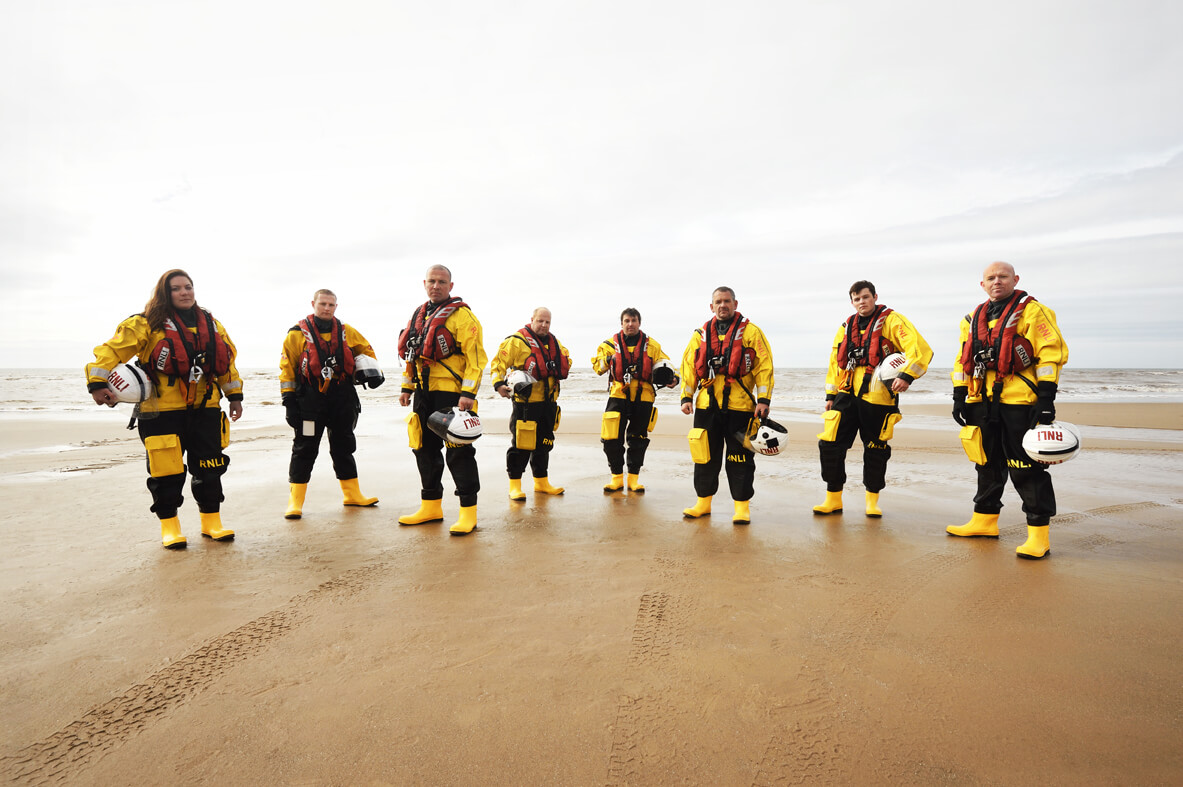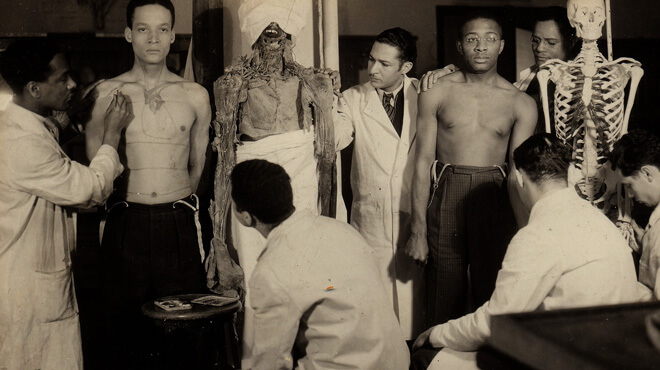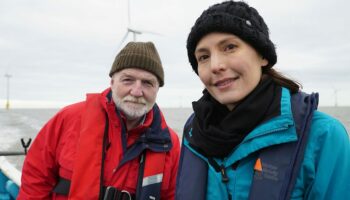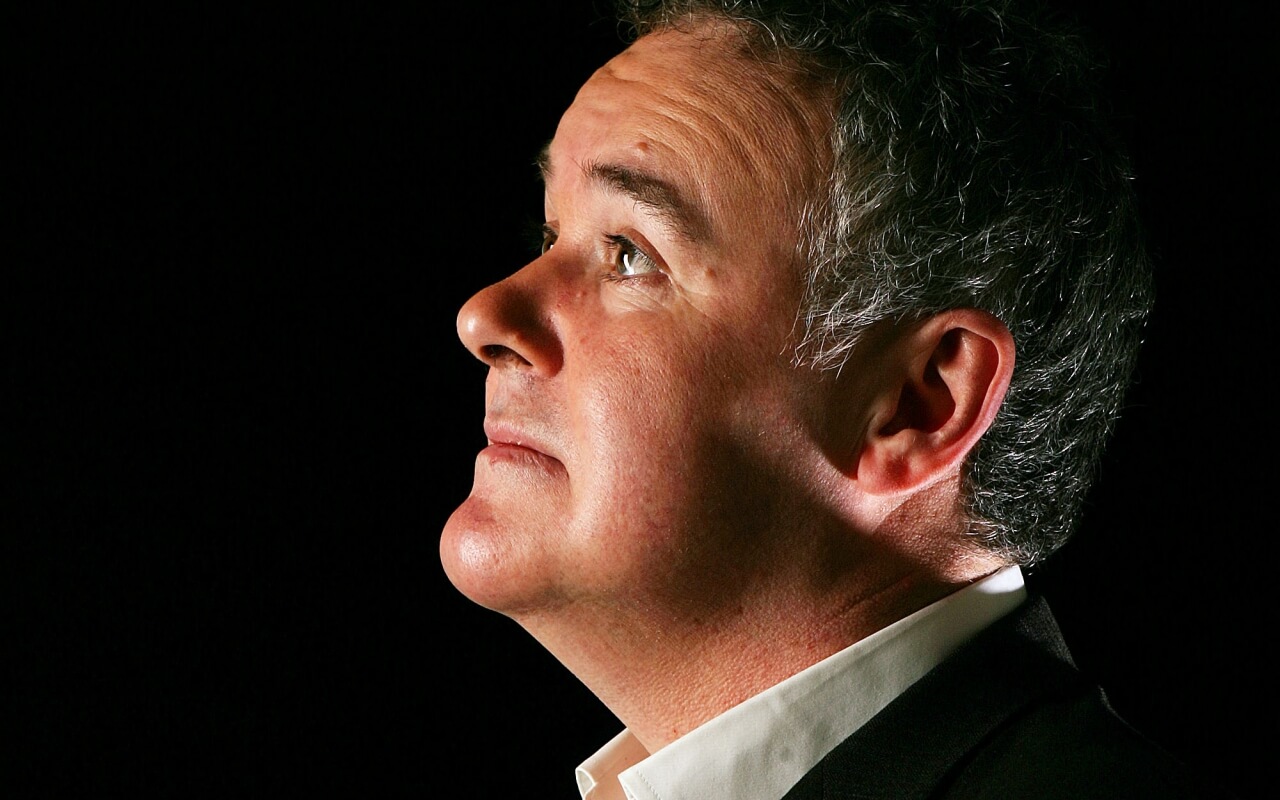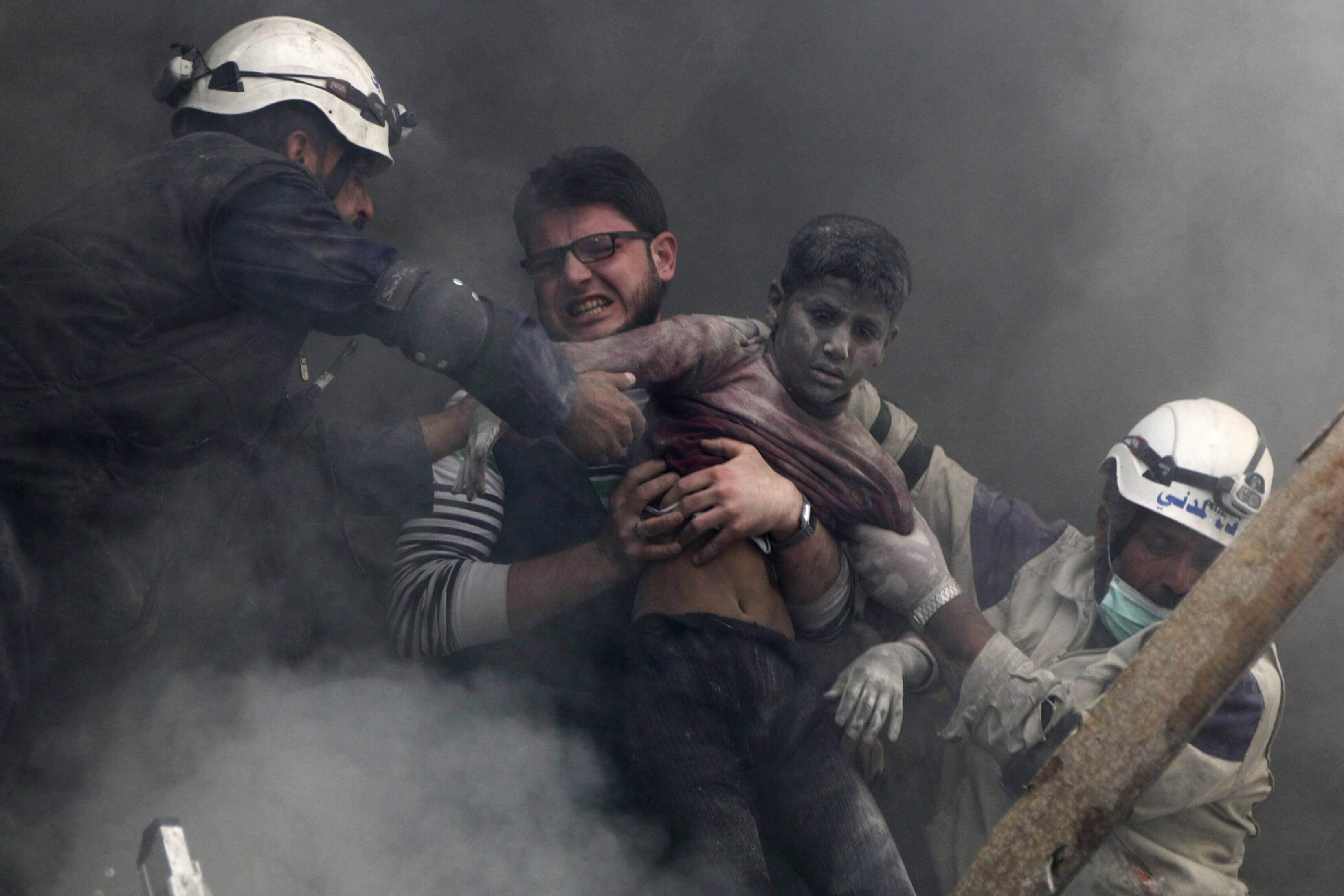description:
Every day around the UK, an army of unpaid volunteers put their lives on the line to try and save complete strangers. Saving Lives at Sea tells the story of the ordinary men and women of the Royal National Lifeboat Institution (RNLI) who, across the country, are ready to launch their boats and race to the rescue within minutes of a cry for help, 24 hours a day, 365 days a year, whatever the weather.
Over 150 years, the volunteers of the RNLI have saved the lives of more than 140,000 people. The winter months are the most treacherous for the people they are called upon to rescue and for the volunteers themselves.
episodes:
season 1
The volunteers of the Royal National Lifeboat Institution staff more than 230 stations covering even the most far-flung areas of Britain’s coastline, but the busiest station by far is actually miles from the sea, on the River Thames in central London. It was established after the Marchioness pleasure cruiser sank in 1989, claiming the lives of more than 50 people. While it might look benign, the Thames is actually one of the most dangerous stretches of water in the UK. The volunteers are called from their beds in the middle of the night to try to rescue two students who have jumped naked into the river while high on LSD.
At the coast in Newquay, the volunteers and coastguard helicopter are scrambled to try and help a 12-year-old boy on a Cub Scout trip who has fallen badly and has suspected spinal damage.
Eastbourne lifeboat station covers a stretch of coastline which includes Beachy Head, so they have had to become more familiar with death than most. Recovering the body of someone who has taken their own life is a duty the volunteers see as an important service to the family who have lost a loved one.
In Cornwall, newest recruit, 18-year-old Shaunna, is following in her grandfather’s footsteps. After a successful first rescue of a teenage holidaymaker, she has hopes to one day become Newquay’s first helmswoman.
In the remote fishing village of Oban on the west coast of Scotland, the RNLI have another new 18-year-old recruit. Young Andrew and the rest of the crew are given a painful reminder of the dangers all lifeboat volunteers face when they are woken by their pagers in the middle of the night to try and rescue the captain and crew of a fishing boat that is sinking having run aground in the middle of a storm.
Volunteering with the RNLI inevitably means encountering and risking death, and it is a sacrifice that takes its toll on the crew-members and their families. But, coming as it does with the opportunity for ordinary men and women to save human life, it also has its own very unique rewards.
In the summer months, millions of Britains flock to the UK’s 11,000 miles of coastline. As more and more of us have lost our connection with, and understanding of, the seas that surround us, it’s all too easy to be caught out by the water – making it the busiest time of year by far for the RNLI.
The army of unpaid volunteers has to contend with everything from overly ambitious novice sailors caught in a storm, to a little girl who has become trapped in the rocks below the high-water mark. The dangers of the water are further put into perspective when a father gets himself into serious difficulties after swimming out to try and rescue his young son, whilst a YouTube prankster deliberately flings himself from Tower Bridge for ‘a dare’.
season 2
In the first episode, a father and daughter find themselves treading water for almost an hour, hundreds of metres out at sea, after being swept out by a rip current. In Kinsale, Ireland, three fishermen swim for their lives as their trawler is smashed on to rocks. And in London, an unlucky tourist is minutes from hypothermia after his attempt to take a selfie lands him in the Thames.
Off the coast of Bridlington, a kayaker has been missing for an hour and only the crews’ tidal knowledge can track him down. A crew member on his first shout races to a dinghy capsize to find a man losing consciousness in the water. And when a fishing trawler sinks off the coast of the Shetland Islands, the fishermen and RNLI crew aboard must swim for their lives.
In Ireland, the Castletownbere crew race to rescue a lone yachtsman who has lost his mast and is drifting powerless in ten-metre waves, 45 miles out to sea. In Minehead, a woman on a clifftop walk has gone missing, and after 17 hours, the crew are called to search the shoreline. And for an injured horse rider on a remote beach, the Porthcawl crew are the only way to emergency medical help.
In Bangor, Northern Ireland, crew are tasked to find two teenage paddleboarders blown offshore towards nearby shipping lanes. When the Tenby crew learn a dog has fallen over steep cliffs, there is a race to reach him before concerned members of the public attempt to rescue him themselves. And on the north Norfolk coast, the harrowing hovercraft rescue of three young sisters still brings back painful memories for the Hunstanton crew.
In south west Wales, the Tenby crew race to a kayaker with suspected back and neck injuries after being caught out by a freak wave. Neighbouring Cornish crews must join forces in an epic 11-hour battle to stop a 3,600-tonne coaster breaking up on the rocks. And the Dart and Salcombe crews are astonished to be paged to the biggest shout of their lives.
On one of the hottest days of the year, the Dover crew race to a Channel swimmer who has collapsed within eyesight of the French coast. In Mudeford, there are growing fears for a dinghy sailor four miles out in rough seas and refusing to accept help. And the Tenby crew are called to a runaway yacht metres off running aground.
When a climber falls in a remote cave on the Gower Peninsula, the Mumbles crew are called in to search and rescue. In Portreath, lifeguards battle to save a teenager who is determined to surf despite red flag warnings. And on the Isle of Wight, the Yarmouth crew must locate a man in the water amongst over a thousand boats competing in the Round the Island Race.
In Ilfracombe, a father and son find themselves in danger after jumping in to rescue a drowning dog. The Minehead crew must scour the cliffs and shoreline after a young woman goes missing in a distressed state. And when they’re paged to a man seen entering the Thames, the Tower crew face the possibility they may not find him in time.
The Aberystwyth crew must improvise when a local paraglider crash-lands at the bottom of steep cliffs. When an adventurous seal is discovered on the steps of a block of flats, Redcar’s newest recruit is first on the scene. And in Minehead, a challenging rescue forces an inexperienced crew member to consider her future.
As the summer sun comes out, so do the fun seekers, and crews around the country get ready for action. In Southend, a family of five out sightseeing are a mile off shore and waist-deep in water after being caught out by the tide. The Shoreham crew are paged in the early hours after a drunken festival-goer jumps in the river. And the Brighton crew fear the worst when a man tombstones off the pier at low tide.
When an early morning dog walker spots a flare off shore, the Rhyl crew race to one of the most mysterious shouts they have seen. The Lowestoft crew find themselves paged to help to a sailor who doesn’t want to be rescued. And at Tower, a good samaritan is clinging on for his life after trying to rescue a dog which has jumped into the Thames.
In Tenby, police searching for a boat thief call for lifeboat assistance. The Mumbles lifeguards and lifeboat crew race to help two kayakers adrift in a boat laden with beer. And when two yachts capsize off Portsmouth, the crew must make fast decisions about who to rescue first.
season 3
Out at sea, minutes and even seconds can make the difference between life and death. On the south coast of Devon, the crew of Salcombe lifeboat station are called to two of the highest level of emergencies at sea – a mayday call to a fisherman pulled to the bottom of the sea ensnared in his own fishing gear and a devastating fire on a boat 15 miles out in the Channel. Over 200 miles away in the waters off Anglesey, as they go to the rescue of a father and his 13-year-old son missing at sea, the crew of Moelfre station uncover a story of survival and heroism.
From first timers at sea to salty old skippers, the wrong conditions can catch anyone off their guard leaving them in need of rescuing. On the east coast of Ireland, the crew of Courtown’s inshore lifeboat face one of their most challenging shouts ever – in deep water they must keep a teenage girl with suspected spinal injuries immobile and afloat for 40 minutes, knowing any movement could leave her paralysed for life. Meanwhile on the English Riviera in Devon, the Torbay crew have just minutes to find a capsized kayaker before she is dashed against the rocks, and in Dartmouth, an 81-year-old sailor, fallen overboard in the middle of the night, is left clinging to a rope for his life.
In Brighton the crew are called out to what they think is just a routine job – towing a yacht that has lost power back to harbour – but a sudden spring squall and mountainous waves leave the crew fighting to save the yacht and themselves from being dashed on the shore. Off the east coast of Ireland, the crew of the small fishing village of Howth respond to an emergency call from a family on a local beach – a teenage girl out on a sailing dinghy has capsized and is now being swept out into the Irish Sea. While on the island of Anglesey, the crew of Moelfre are also heading out to help a family in trouble – two women have swum out to save a friend’s young son being blown out to sea on an inflatable, but it quickly becomes the rescuers that need saving themselves.
When the RNLI was founded in 1824, most of those they saved from the water were fisherman and sailors – today the lion’s share of shouts are to pleasure seekers at sea. In Torbay in Devon the seas are often crowded with sailing craft of all shapes and sizes – when two collide the Torbay lifeboat crew are called out to provide emergency medical assistance for a potentially life-changing injury. On the south coast of Wales, the Porthcawl crew have just seconds to spare when two teenagers on holiday get caught on a rocky outcrop by a large swell and a rising spring tide. While in Yorkshire, the Flamborough crew have to pluck a man from danger after he jumps off a hundred-foot cliff for a dare.
There are many reasons why the thousands of yellow-wellied volunteers first joined up, but they all share a common desire to help those in trouble. At Anstruther station in Scotland, one of their newest helms, George, takes charge for his first shout to a serious medical evacuation. A woman has slipped on one of the most notorious parts of the station’s patch, the Chain Walk, where walkers have to negotiate steep cliffs while hanging on to chains hammered into the rock. On the north coast of Devon, the crew at Appledore station make a life-or-death dash to rescue two teenagers caught in a cave being flooded by the tide and pounded by waves, but arriving at the scene they discover that saving the young couple will mean putting themselves in danger. And when Storm Henry hits the British Isles and has shipping running for safe harbours, a cargo ship loses all power and is left at the mercy of the waves and 90-mile-an-hour winds. As she drifts inexorably towards the rugged cliffs of north Devon, two lifeboats are launched but even with their combined power they face a losing battle trying to tow the huge ship out of harm’s way.
Lifeboat crews are trained to deal with all types of emergency at sea, but when the pagers go off the one thing they can be sure of is that they should expect the unexpected. On the north coast of Kent, new crew member Ruth is on board for one of her first ever shouts – a member of the public has spotted what looks like an upturned boat out at sea, the crew launch to investigate only for the call to turn into a race to save lives. Off the Essex coast, the crew of West Mersea station launch to reports of a life raft in the North Sea, but with no news of any sinking vessels in the area, where the raft and its sole occupant comes from remains a mystery. Ten miles along the coast at Clacton the crew get a call in the middle of the night to look for two people in the sea, but arriving on the scene in the darkness sees a very different rescue unfolds in front of them.
For the thousands of volunteers who guard our seas and waterways, saving other people can mean making sacrifices in their own lives. Volunteer and doctor Adam makes a 500-mile round trip every time he puts in a shift at Tower Lifeboat Station in the heart of London, but his medical skills prove invaluable when the crew are called to help the police try and save a man who is stuck under a pier on the Thames with the tide rising. In north Wales, when police officer Vinny isn’t patrolling the streets of Rhyl, he volunteers for the lifeboat crew. When the pagers go off one summer evening, Vinny finds himself heading out into the darkness to try and rescue two teenage boys who have chased a wayward football into the sea and get caught in a treacherous current. While across the Irish Sea in Dunmore East, the lifeboat crew’s evening is interrupted by an urgent call to a motor boat stranded several miles out and taking on water.
Keeping watch over the River Thames, the crew at Tower in central London, the busiest of the RNLI’s 238 stations, are called to a man reported in the water eight miles downstream. On arrival, they discover a river bus already on the scene and their crew desperately trying to hang on to the unmoving man before he disappears under the water
At one of the most remote stations, Trearddur Bay on Anglesey, the crew are called to an inaccessible coastal fishing spot, where an angler has plunged face first down a cliff onto rocks. With no helicopter available, the crew and their small inshore lifeboat are the only option to get him to urgent medical treatment. Meanwhile in Portsmouth, gale force winds and a churning sea make a routine rescue particularly challenging.
Every summer as the warm weather returns and the great British public heads to the beach the lifeboat crews and lifeguard teams around the country get ready for their busiest time of year. Off the packed beach at Blackpool, the crew race after a teenage girl being swept out to sea on an inflatable dinghy. While on the miles of long sandy beaches at Rhyl in north Wales, amongst the holidaying crowds two girls get caught in a deadly current while swimming just a few metres from shore. And on the Cornish coast a woman, trying out the extreme sport of coasteering for the very first time, falls several metres down a cliff face onto a beach with a fast incoming tide.
season 4
Over five thousand lifeboat crew volunteers are on standby to launch into the seas, rivers and lakes of the UK and Ireland and when they do they know there are three things they can rely on – their kit, their training and, most importantly, their team. The tight-knit crew at St Davids in Pembrokeshire includes three brothers Hal, Will and Ben, who are all called into action together when a plane makes an emergency crash landing on one of Wales’s busiest beaches, while over two hundreds miles to the south, on Jersey in the Channel Islands the St Catherine crew push their boat and themselves to their limits launching into a winter storm to search for a man missing far out at sea; and on the Wirral the crew of Hoylake launch their specialist rescue hovercraft and race the incoming tide to try and save a horse, stuck fast in mud, from drowning.
From seasoned skippers to seaside day trippers, the unpredictable seas around our coastline can catch anyone out at any time, and more often than not it is the RNLI who come to their rescue.
The crew at Salcombe in Devon are called out to one of the most dangerous emergencies at sea – fire. A fishing boat has gone up in flames with her skipper still on board.
On the Isle of Sheppey in Kent, the crew of Sheerness lifeboat station get a late-night call and have to race the incoming tide to save a man stuck in freezing mud after an evening stroll along the coast turns into a battle for survival.
Meanwhile, at one of the busiest stations in the UK, Chiswick on the River Thames in London, an emergency call comes in. A dog has fallen into the Thames, and, after trying to save her dog from drowning, the owner now needs rescuing herself.
Out at sea the lifeboat crews know that minutes and even seconds can mean the difference between life and death. On the rugged east coast of Scotland, three kids have been cut off in a sea cave by a rising tide – the crew at Dunbar must race to get to them before the rising water does.
Meanwhile on the opposite coast of Scotland, the crew at Tobermory face their own life and death race – a yacht and her four crew members caught in a violent storm are being pushed ever closer to a rocky shore and disaster.
On the north east coast of England the crew at Blyth are called out to search for a missing 80-year-old man who hasn’t been seen for over six hours after leaving home to search for lobsters on the coast. The crew have no idea if he is in the sea or on shore, but what they do know is that with every passing minute the chance of finding him alive are dwindling.
Although the lifeboat crews are on call all year round, it’s in the summer months when they’re at their busiest. As holidaymakers flock to the coast, the lifeboat crews and lifeguard teams are on high alert. When the sun is out, the sea cliffs in Dorset are a draw for climbers from all over the country, but when one falls over 40 feet onto an inaccessible rocky ledge the lifeboat crew have to work out how to get her to safety. In Cornwall, another extreme sports enthusiast needs saving when a paraglider misjudges his launch and ends up crashing into the sea. And the Redcar lifeboat crew search for a man who has drifted over a mile offshore in a small toy dinghy.
When the RNLI was founded in 1824 most of those they saved from the sea were fisherman and commercial sailors, but over the years as more and more Brits take to our waters for pleasure purposes, more and more of their calls have been to leisure users in trouble. In Newquay the lifeboat crew are called one of the many ship wrecks lying on the sea bed off the Cornish coast, where a diver has been found unconscious without his mouthpiece over 30 metres under the waves.
In one of the busiest shipping lanes in the world, the Dover Strait, a yacht taking on water calls for help. The crew of the Dover lifeboat race to reach them before they sink or are hit by one of the large cargo ships racing through the Channel. Meanwhile in Mudeford on the Dorset coast the crew and their lifeboat are pushed to their limits as they launch into storm conditions to search for a windsurfer in trouble.
For many lifeboat crews, volunteering runs in the family and many stations have several members of the same family on their muster rolls, often stretching back generations, while for those who don’t have a family tradition of volunteering, the close-knit teams mean crewmates can often become like a second family.
In Minehead, veteran volunteer Phil launches their inshore lifeboat with his 26-year-old son Jake on board as they race to the rescue of two five-year-old girls who have been blown out into the Bristol Channel on an inflatable swan. In Scotland, George, a volunteer at Anstruther, also ends up on a shout with his dad, but not as crewmates, when his fisherman father needs rescuing from a boat drifting powerless towards a rocky shoreline. Meanwhile, on the north coast of Devon, the Ilfracombe crew face a race against time and tide to rescue a mother and her daughter stranded at the base of huge sea cliffs on a strip of beach fast disappearing under large breaking waves.
Last year, the lifeboat crews and lifeguards around the UK and Ireland raced to the aid of over 9,400 people, but all the volunteers know that when the pager goes off, not every shout will end in a successful rescue.
In the centre of Ireland, at one of the few inland lake lifeboat stations, the crew of Lough Ree are called out to one of the islands in the Lough to reports that the island’s last known inhabitant has suffered a stroke. Meanwhile on the north east coast of England, the crew of Blyth race to find a sea kayaker in trouble in rough conditions, but since he raised the alarm on his mobile phone there has been no further contact from the casualty. At Tower lifeboat station in central London, a call comes in that someone has been stranded by the tide on a strip of foreshore. Arriving on scene to find a dog by itself trapped by the river, the crew’s main concern is the whereabouts of its owner.
Calshot lifeboat station on the south coast of England gets a call out to one of the biggest jobs its crews have ever faced – an 180-metre-long, 50,000-tonne cargo ship has hit a sandbank and is listing over at a dangerous angle. In their small inshore lifeboats, dwarfed by the huge cargo ship, the volunteers must try to rescue the stricken ship’s crew.
At Thurso, the most northerly lifeboat station on the British mainland, the crew are called out to investigate a personal locator beacon which has been set off on a remote stretch of rocky coastline. A PLB, a small handheld positioning device used by seafarers, is only set off as a last resort when life is in imminent danger.
Meanwhile, on the south coast of Ireland, the crew from Kinsale lifeboat station also face a life-and-death struggle – but this time it is not a person in trouble but a horse that is in danger of drowning in the fast-flowing tidal waters of the River Bandon.

